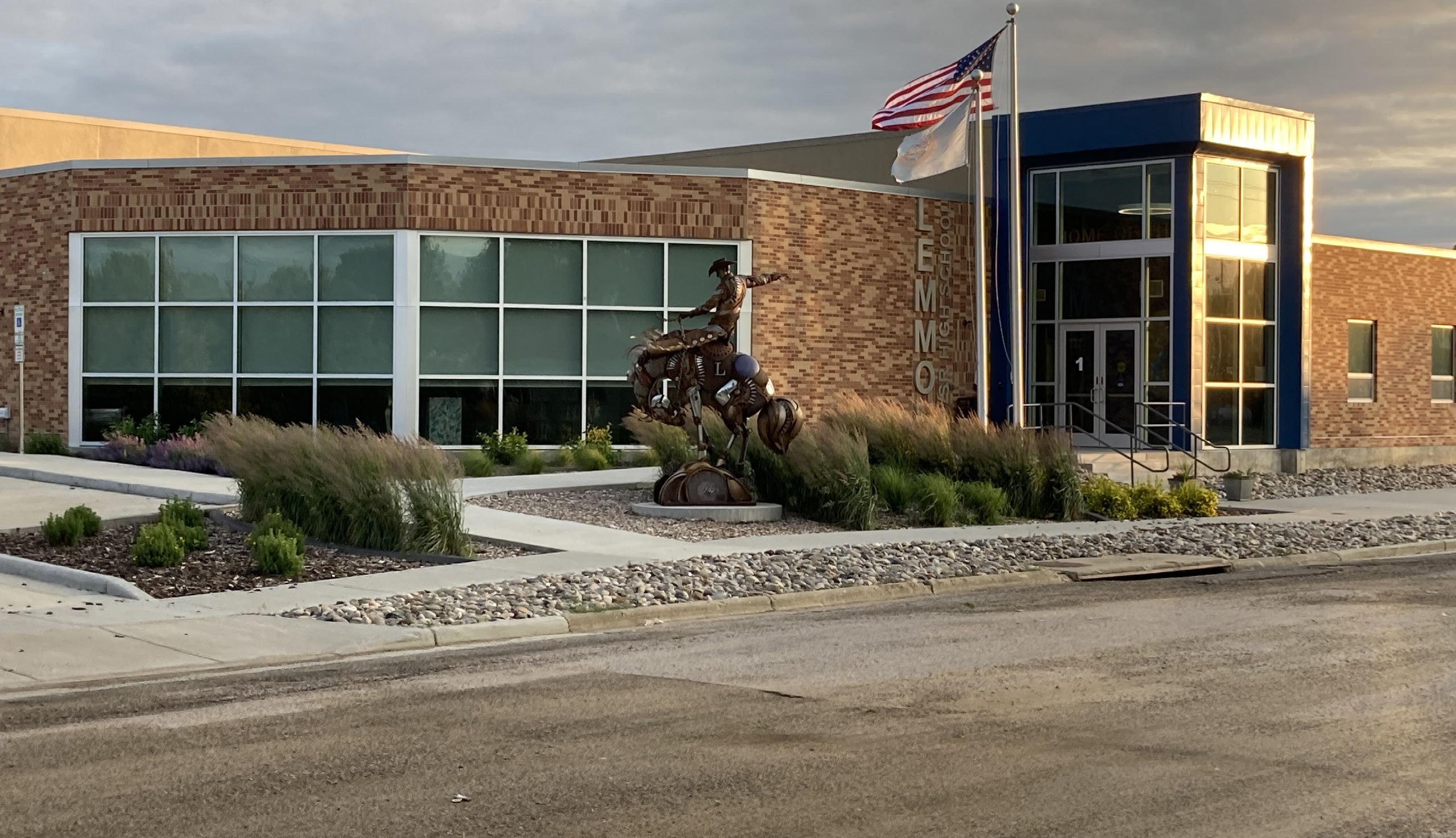SchoolPrayer is Needed
- Home
- / SchoolPrayer is Needed

Reasons to advocate for elected SchoolPrayer and Bible reading are quite numerous and run the gamut from preventing to minimizing crime in school, to helping prevent teen suicide, to improving student relationships and behavior, to improving students’ self-worth.
New York City Mayor Eric Adams shocked many people in February 2023 when he said, “When we took prayers out of schools, guns came in schools… Don’t tell me about no separation of church and state. State is the body. Church is the heart. You take the heart out of the body, the body dies.”
Researcher George Barna found that, “About three fourths of all people who have consciously, intentionally, and personally chosen to embrace Jesus Christ as their Savior did so before their 18th birthday,” (“The First Year of Launching A High School Ministry: The Launch Box, pg. 13).
First Liberty’s Jorge Gomez provided numerous stats on the positive benefits of religion in schools. In an article entitled Motivating Public Schools to Welcome Religious Expression (June 2, 2023), Gomez wrote, “Students’ religious faith is an asset for schools.
Research shows religion has a positive effect on academic achievement.”
Gomez cited research by Dr. William Jeynes, California State University, Long Beach, where he conducted a meta-analysis of 30 studies involving more than one million students learning what factors best reduced student achievement gap. The study found, “Of all the variables…religious faith had the highest effect.”
In that same article, Gomez reported that Ilana Horwitz, a researcher at the Stanford University Graduate School of Education determined that, “Religious students benefit because the faith community and the school community both build characteristics that help students’ develop. Both institutions want students to respect authority, be conscientious, cooperative and kind. Both want students to have a sense of purpose in life.”
Contrasting the positive factors of religious education, popular cultural trends have substantial deleterious effects on young people. Some of these trends include:
- Young people have increased feelings of isolation and self hatred. 42% of high school students felt persistently sad or hopeless, 23% drink alcohol, and 16% use marijuana (Dr. Daniel Amen, physician & psychiatrist, “How to Raise Mentally Strong Kids,” Fox &Friends Weekend, May 20, 2023).
- High school students persistently sad or hopeless: 57% females, 29% males. These feelings of hopelessness have increased by 60% over 10 years (Center for Disease Control, 2021).
- US female teenagers who have attempted suicide: 13%; considered suicide 30% (Youth Risk Behavior Survey 2021, CDC).
- Between 2007 and 2017, teen suicide rate spiked by nearly 56%— the rate climbing from 6.8 deaths per 100,000 people to 10.6.
- Suicides in young people, age 10 to 24, increased 47% from 2000 to 2021.
- For every completed suicide by a young person, it is estimated that there are 100 to 200 attempted suicides.
- Among persons aged 14 to18 years, overdose deaths increased 94% from 2019 to 2020 and 20% from 2020 to 2021.
- There have been 783 shootings with deaths or injuries at elementary and secondary schools since 2000. From 2020–21, there were 93 school shootings with casualties, including 43 school shootings with deaths and 50 school shootings with injuries only.
- Young people are spending more time on social media and less time in person to- person interactions. When asked to respond to the statement, “I believe online experiences are meaningful replacements for in-person experiences”:50% of Gen Z and Millennials agreed. That number dropped to 19% for Gen X, Boomers and Matures.
- Another poll found that patriotism and religion are among declining values. In 1998, 70% identified patriotism as very important, compared to 38% in 2023. 62% said religion was very important declining to 39% in 2023.
- Sexually transmitted diseases are common, especially among young people. There were 26 million new sexually transmitted infections in 2018 in the United States. About half of the infections were in people between the ages of 15 and 24. Findings in a report by the CDC’s National Center for Health Statistics (NCHS ).

